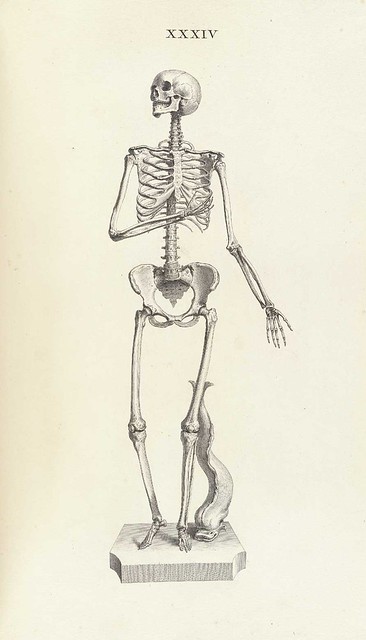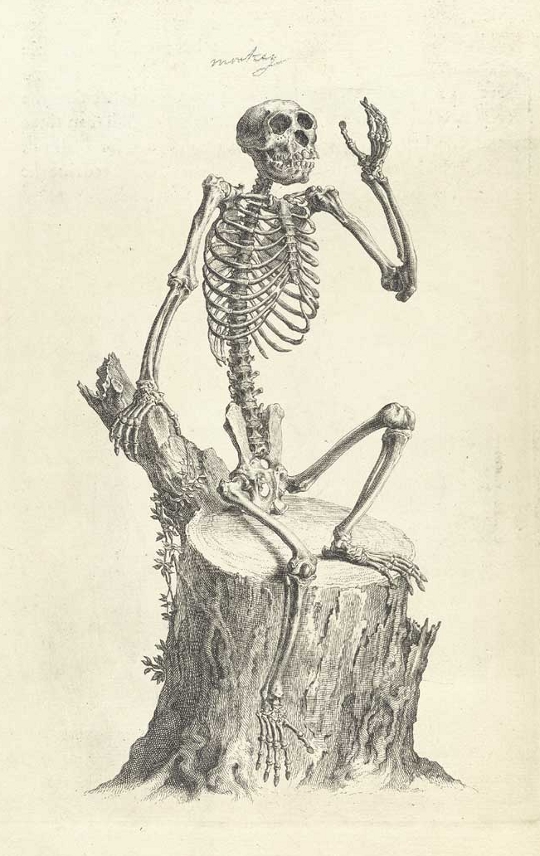 |
| Source |
Recently, I started a new job teaching anatomy and physiology. I have a pretty comprehensive background in developmental biology – I can lecture for hours on the development of the heart, brain, and muscular system. I can talk about the structure of the cell and how structure lends itself to function. I can trace the genetic pathways and give the structure of many of the mature organs.
But the anatomy of the adult human body? I’m a little lost. I teach within the context of health science and I simply don’t have the medical background required. And so I find myself falling back on an old Mormon adage: “fake it til you make it.”
In the Mormon context, “fake it til you make it” means claiming that you believe in Mormonism until you find yourself actually believing in Mormonism. Every month we would have testimony meetings, where members were encouraged to share their belief in the truth of the Gospel. We were told that the best way to gain a testimony is by bearing it. And so every month we would be surrounded by members who all claimed to believe, who all claimed to know. As to who was an actual believer, I am not sure.
Now, in my new job, faking it until you make it means not admitting that I’ve never dissected a cat before. It means comforting students who are nervous about the up-coming cat dissections, telling them that it isn’t as scary as it sounds, when in reality I’ve never dissected a cat before. I have dissected other things – I am a master of dissecting embryonic and new-born mice – but never a full-grown cat. I can only hope that my constant reassurance of students hold true for me as well.
Last week I lectured on skin conditions. Most of the knowledge I presented I had learned just a few days before. For the lecture, I had to draw on my background in biology and I also had to research a lot of conditions beforehand. Even so, there were a lot of questions I could not answer.
The difference? When I didn’t know something, I said so. I didn’t try to lie and I didn’t pretend to knowledge that I didn’t have. I hope that the students understand that their teacher isn’t all-knowing. If they can’t or won’t understand this fact, that is none of my concern. For me, I am simply trying to be the best teacher that I can, within the context of my limitations.
 |
| Source |
